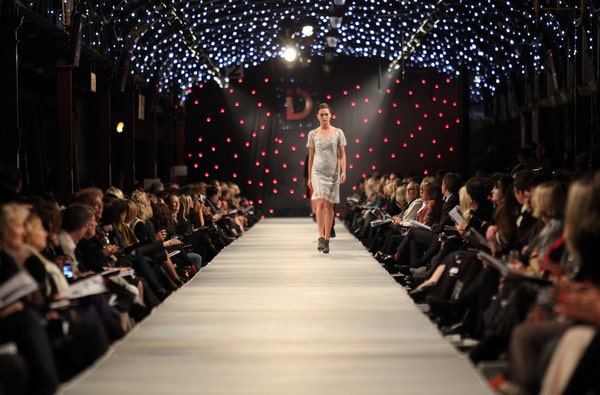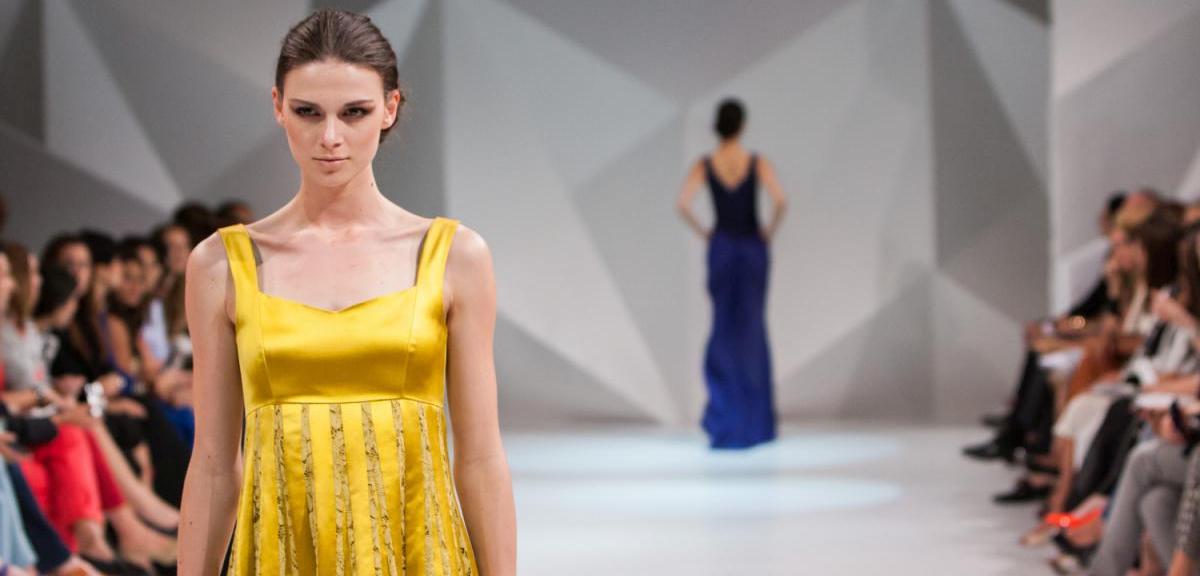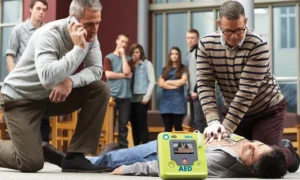Introduction:
A fashion show! Something that we all wanted to be a part of someday, as organizers or viewers. There is nothing quite like it, right? The lights, the aura, the runways, the music that can give anyone goosebumps, and of course the showcasing of some spectacular ideas and styles coming together on one path. Knowing how to organize a fashion show is very important for the transformation of these creative ideas and visions into a high-impact, flawless, and memorable event.
It doesn’t matter whether the show is organized by an event planner, a designer, or a group of fashion enthusiasts; what one needs is effective fashion show planning and fashion show preparation. In this guide, you will understand what the expert insights are and other fashion show tips that would focus on everything, from the concept decisions to managing and evaluating the event’s success.
Define Your Fashion Show Concept and Goals:
Understand Your Theme: Planning a successful fashion show begins with a simple idea. A concept. Understanding your theme is very important; that includes the alignment of the same with the brand, the designer’s perspective, and the collection’s story. The story needs to be represented rightly. Ensure that it makes sense to the audience and supports the narratives.
Set Clear Objectives: The objectives need to be clear as well; one needs to understand that a clear goal streamlines the outcome of the fashion event planning, whether it is from a budding artist, or a new brand or something else. Target Audience: Lastly, it is important to know your audience; they could be influencers, buyers, media people, industry insiders, fashion writers, or the general public. Knowing who would watch the show ensures that your messages, format, and fashion presentation have been shaped well.
Create a detailed fashion show plan.
Budgeting: It is one of the most crucial parts of the event. The ideation of the same includes the venue, the staff, designer or collection expenses, makeup artists, lighting, sound, promotion, catering, and other miscellaneous funds. Money resources are to be used wisely to not miss out on what is really needed.
Venue Selection: The venue is supposed to go hand in hand with the theme of the event. One needs to keep in mind the accessibility of the venue, its aura, and the aesthetics. The venue could be an open lawn, any art gallery, a mall, a ballroom, or even a garage, for that matter!
Event Timeline: The organizer needs to develop a timeline for the event. from booking the venue to securing rehearsals and attendance. The fashion show checklist keeps you organized and ready for the next step at all times.

Recruit Your Team of Experts:
Fashion show director/producer: Well, it is important to realise that planning a creative event is not an easy task. A producer or director ensures that the logical aspect of this event aligns with the creative ones; they are responsible for the coordination, from stage setups to backstage happenings and run-throughs, ensuring that your vision comes to life. Models, stylists, and hair & makeup artists: It is essential to choose professionals with experience who would share a similar understanding of the concept as you. Review the portfolios and make sure the skills align. Their interest and synergy would contribute to the fashion show production.
Technical crew: Reliable technicians ensure smooth fashion show coordination, and one needs experts for lighting, sound, and stage design to avoid on-site glitches. Test the equipment in advance.
Marketing and PR Team: These people handle your communications, reach out to the press and public , and even digital campaigns. What they would do will attract sponsors, media, and the correct audience, increasing the event’s reach.
Secure Sponsors and Partnerships:
Identify Potential Sponsors: As an organizer of this event, you need to look for brands that align with the show’s values and forms. Pitch a proposal to them that highlights how their sponsorship would benefit their brand image as well as the fashion show.
Sponsorship packages: Create packages that would mention and include the brands, logo placements, QR codes, social media highlights, and even VIP invitations. This would increase the engagement.
Media Partnerships: One can easily partner with FMs, magazines, blogs, fashion outlets, or sites to gain pre-event coverage and post-show press. Media is always happy and ready to elevate the visibility of an idea.
Plan the runway and show logistics:
Stage and design: It is essential to have a runway that makes an impact. Such a runway would enhance the viewer’s experience. The design should reflect the concept in a clean and minimal way for a modern brand or in a detailed, ornate theme for a couture brand.
Lighting and music: It is important to have great lighting, as it drives the whole mood of the show and focuses just right on the garments. Music adds emotion and feeling to the show. When each and every cue ends up right, the show is a hit!
Show flow and timing: detail the flow of the show, the opening, who the designer is, their lineups, transitions, and the closing. It needs to look effortless. Use basic cue sheets and monitors to keep track and coordinate the timings well.
Rehearse and finalize preparations.
Model rehearsals: From runway walks to full dress rehearsals, outfit changes, and choreography, everything is important to build confidence and eliminate any last-minute issues.
Technical rehearsals: Test all the equipment with a run-through of the lighting changes, music cues, and all the mic tests. Fix the bugs in advance.
Final touches: Make sure that the garments are all steamed, kits are packed and ready, and the whole team has the schedules in hand. Confirm the VIP attendance and brief the whole team on any rules, protocols, or emergency actions.
Promote your fashion show.
Social media and influencers: Build the buzz behind the show; take the behind-the-scenes shots, event teasers, countdowns, and influencer takeovers to engage the audience with interactive content and even hashtags to hype it up.
Email marketing and invitations: Send out personalized, well-designed invites to the press and industry leaders, and follow up to confirm the RSVPs.
Media coverage: Ensure that the media has access to the front rows as well as the press kits and photo ops. Post-event, share high-quality images and video recaps for better reach.
Execute a flawless fashion show.
Day of management: The key to planning a successful fashion show is to stay organized. Assign members of the team to lead backstage, in front of the venue, and in tech. Have a clear line of instructions for each. Handling issues: You should always be ready for last-minute problems; they are unavoidable. It could be a dress tear, a no-show of people, or a technical issue. Stay calm and ready to do what’s best in the moment, and have plan B ready with you in terms of backup, more lights, kits, sound stations, etc.
Guest experience: Greet the guests with honor. One needs to make sure that the seating area is not congested, with comfortable seats, the check-in is smoother, and you offer water or snacks for the evening. Keep separate areas for press and VIPs.
Post-event follow-ups and evaluation:
Thank sponsors and partners: Send personalized thank-you notes and packages with media mentions that would build goodwill for any future collaborations.
Leverage media coverage: Social media is a massive source to reach people, and tagging the sponsors and designers can be really beneficial on both ends. Highlight the press coverage on the websites and other platforms to extend the reach of the show and put a word in their minds.
Evaluate success: Keep a list of who all chose to attend, what the media feedback was, the PR coverage, and all the sales conversions too. Learn from all the data collected and improve your next fashion event management.
Conclusion:
In conclusion to the whole business, from defining the concept to the final applause, the right steps to organize a fashion show demand a lot of dedication, skill, creativity, and an eye for a detail-oriented plan. With a strong team, no matter how small or big, as well as clear goals with a compelling vision, the fashion show can leave a lasting impression on everyone. Use this expert guide as your blueprint and checklist for a seamless fashion show organization. Whether it is your first or your eleventh, great preparation is always in style!





























